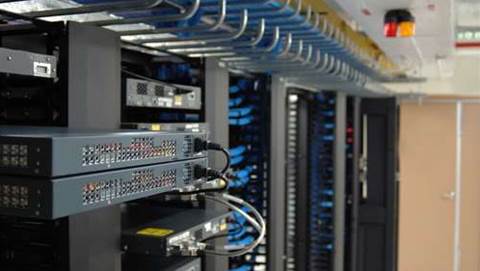For some time, organisations have spent more time building reliability and performance into their storage environments than they have on cost efficiency.
But with budgets shrinking and growth continuing unabated, the squeeze is on to cut costs in storage.
Prioritise measurement and reporting
You cannot manage what you cannot measure, but it is amazing how little maturity there is in storage reporting. Firms have been willing to spend millions on capacity, but have been fairly unwilling to spend on reporting tools. Storage environments need accurate and fairly automated reporting tools. These can be custom-developed tools or off-the-shelf storage resource management products, but either way, a tool is needed to have effective visibility to support the change required to improve efficiency.
Use more dense drives
It is not the sexiest cutting-edge technology, but SATA drives hold 10 times more capacity than Fibre Channel, and they cost about the same. Any way you can put more data onto dense drives will dramatically improve the cost structure of your storage environment. The two main ways to increase use of dense drives are tiering and system improvements such as wide striping that allow SATA drives to be used in production for performance-sensitive data.
Reduce the storage footprint
Experience suggests the industry average for storage utilisation is between 20 to 40 percent. Traditional storage systems require a fixed allocation up front, and changing it is cumbersome, so users often ask for far more than they need to prevent delays in the future - this leads to significant wasted capacity. Storage reclamation can help to put unused capacity back into the free pool, and thin provisioning can help prevent it from being wasted in the first place.
Right-size performance
Smart firms looking to shed storage cost have started to become more granular, delivering just enough performance to meet business requirements, but no more. A services catalogue that defines guaranteed performance levels and a chargeback mechanism to assign a price tag to services help to raise cost awareness and give a tangible motivation for business to use cheaper stuff.
Focus on simplicity and consistency
Many firms like to select best-of-breed products for each aspect of their environment, but end up with a multi-vendor environment that is complex to manage. Take the bigger picture and plan for a consistent environment that is easy to manage. Select a small number of vendors and design standard configurations using their products that reduce the overall complexity.
Andrew Reichman is a senior analyst at Forrester Research.


_(20).jpg&h=140&w=231&c=1&s=0)
.png&h=140&w=231&c=1&s=0)





_(26).jpg&w=100&c=1&s=0)

 iTnews Executive Retreat - Security Leaders Edition
iTnews Executive Retreat - Security Leaders Edition












_(1).jpg&h=140&w=231&c=1&s=0)



